Can potting soil catch fire? As temperatures rise, there are fire risks to consider
While spontaneous combustion might seem farfetched, potting soil can go up in flames during hot and dry weather
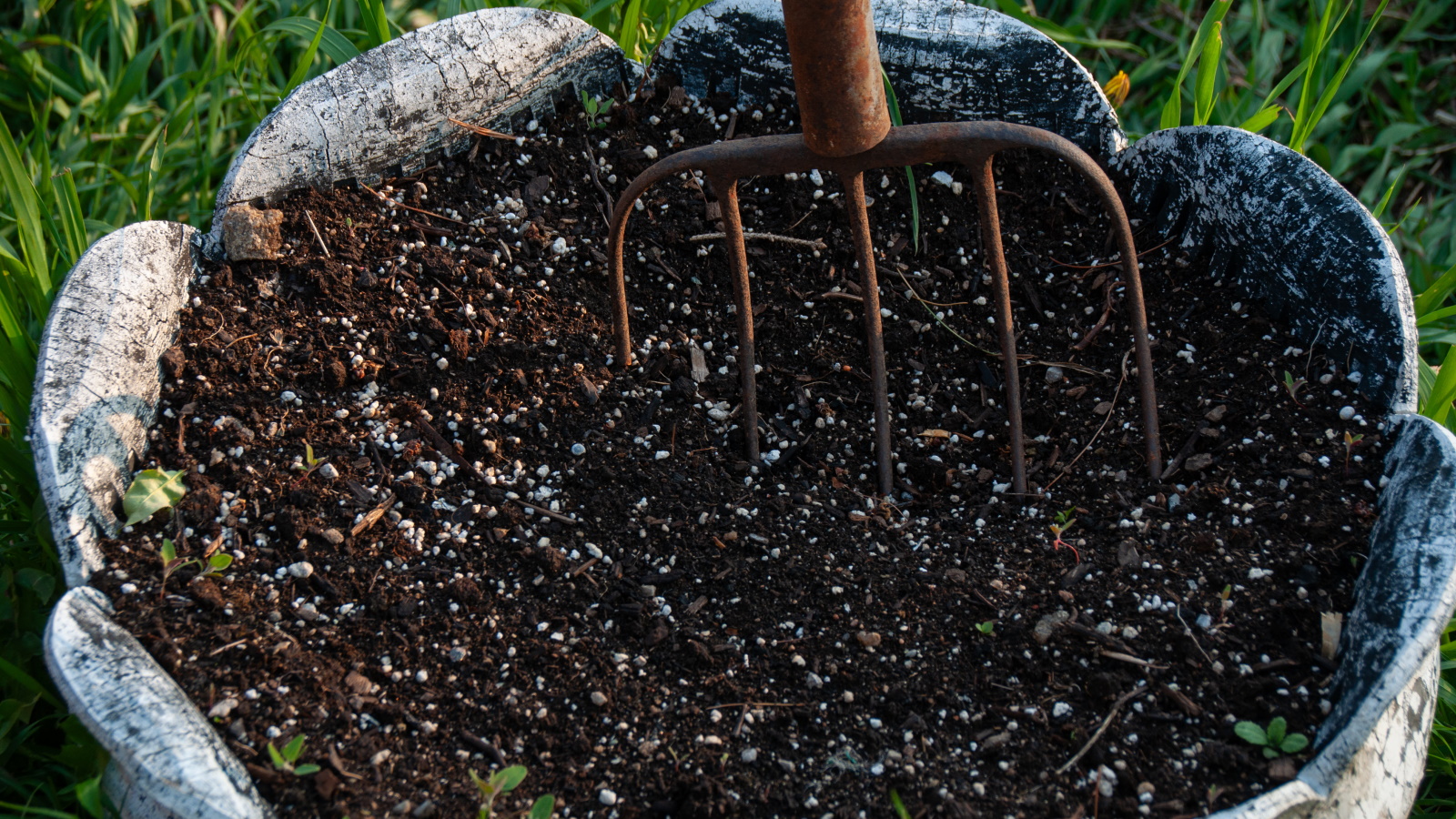

There are many fire hazards to consider during summer - barbeques, festoon lighting, candles and fire pits. We all enjoy entertaining during those long summer evenings, but there are risks to think about during hot and dry weather.
Potting soil might not seem the most obvious fire hazard. Suggesting that soil can go up in flames might even seem silly. However, potting soil is increasingly being labeled as a risk during summer. This is because the potting soil sacks that we all buy from garden stores typically contain flammable materials, such as woodchip, coconut fibers, bark and vermiculite.
So, while you might have pondered the risks of mulch catching fire, potting soil is also something to be aware of. Here, garden experts reveal how potting soil can set ablaze, and the best ways to reduce risks to ensure your summer is safe and carefree.
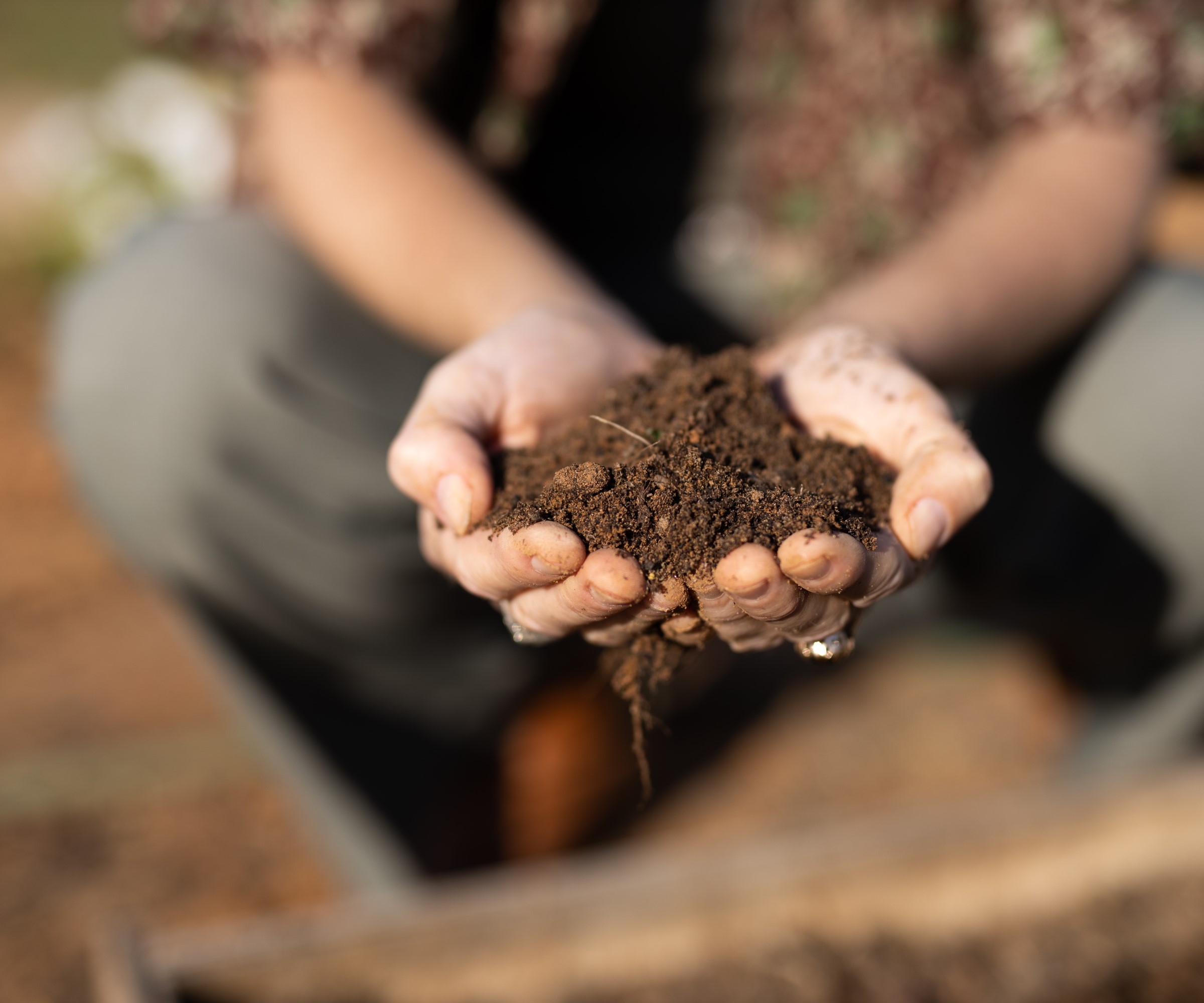
Can potting soil catch fire?
Potting mixes that we buy online and in garden stores rarely contain high quantities of real earth or sand. Instead, most mixes contain a combination of different ingredients, many of which are flammable, as mentioned above. Fire departments across the US are increasingly concerned about the risks of potting soils, warning that human mistakes and actions can have serious consequences. So, if you are looking for container gardening and potting soil advice, our expert guide has all the information you need for a fire-free summer.
Can potting soil spontaneously combust?
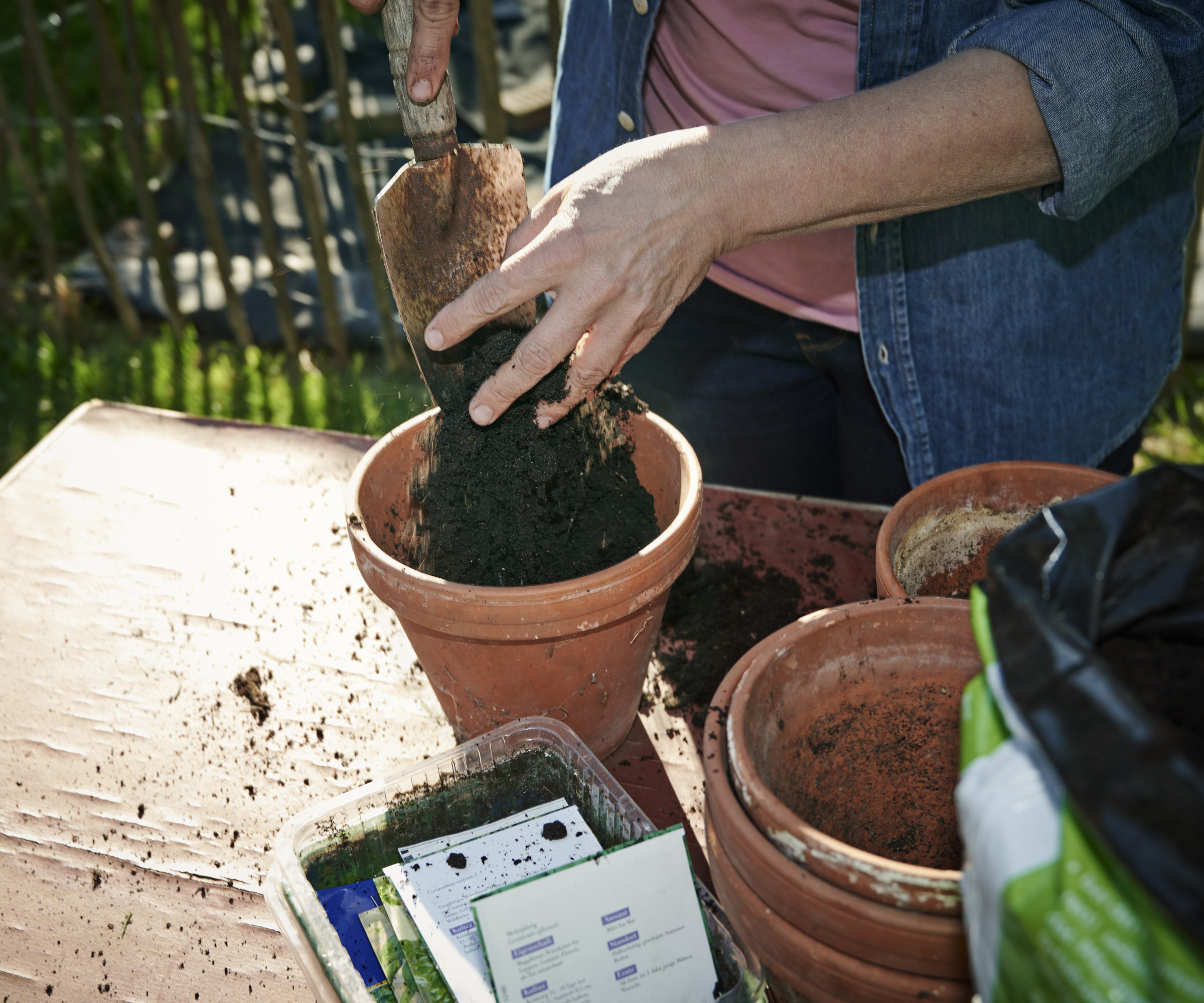
'Fire safety should always be a consideration when gardening or designing landscapes, especially in fire-prone dry regions, such as US hardiness zone 9 and above,' says landscaping and garden expert Sam Niemann.
It is important to stress that fires in the yard are generally not the result of spontaneous combustion, but usually because of human action. Barbeque embers, candles, and lit cigarettes are three common culprits that can easily cause fires during summer.
'When considering fire safety, we should always think about containers,' Sam says. 'Potting soil can contain flammable materials, and when your containers are dry during the summer, there is a risk.'
'While the likelihood of potting soil catching fire on its own is slim to nil, it is important to stress the risk of human action,' Sam adds. 'Using potted plants as ashtrays is one such problem, or placing tealights or candles in dry containers which can cause the potting soil to ignite.'

Sam is a lifelong gardener whose passion for plants and nature has been the driving force behind his extensive knowledge and expertise in horticulture. He studied at San Diego State University, earning a degree in Finance while simultaneously founding Grown by Design, a boutique landscape design firm.
How to reduce fire risks in the yard
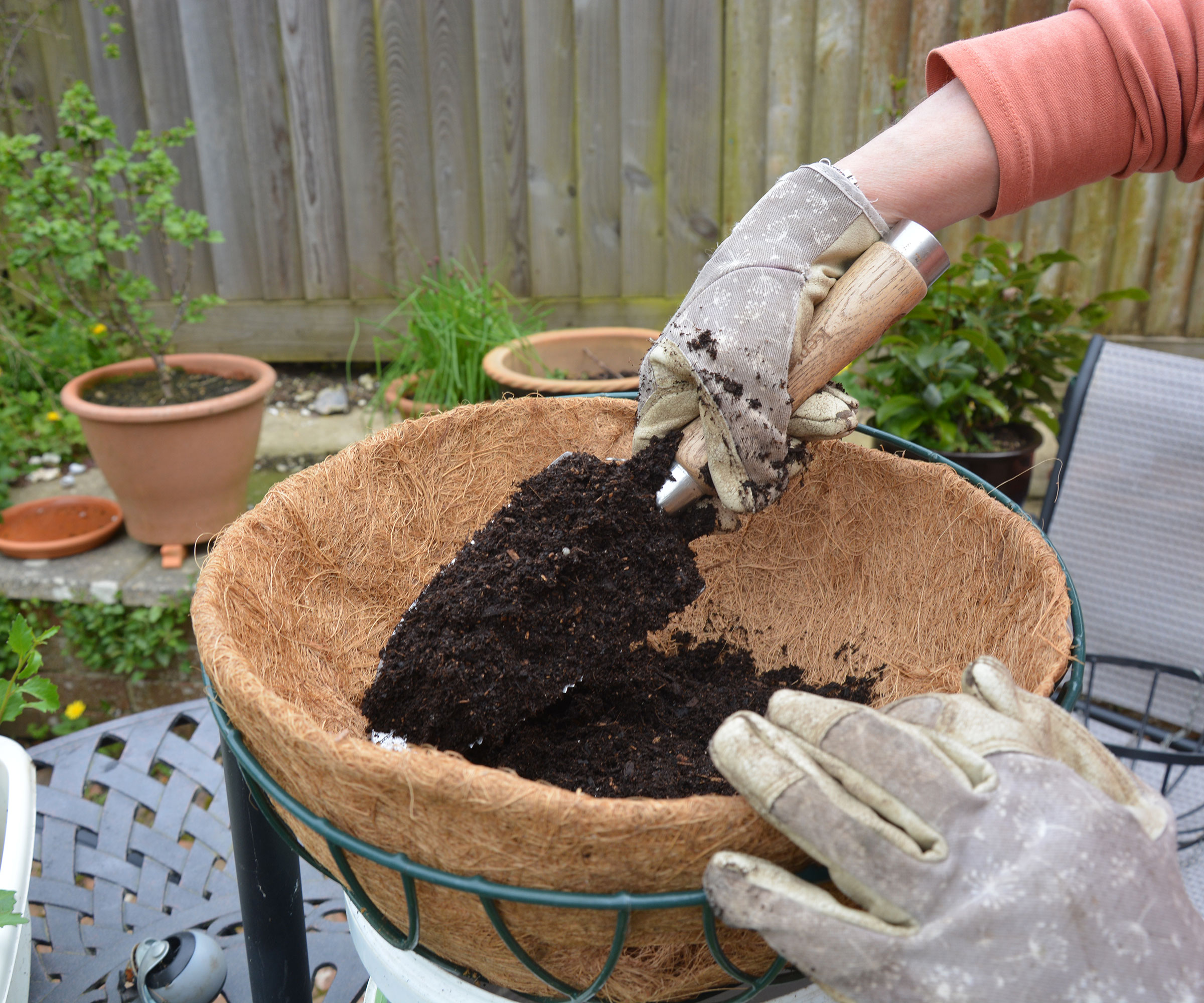
Potting soil can burn, especially if it is organic and made up of mixed materials. While it is extremely unlikely that potting soil in a container or a sack left in the sun would combust, it can catch fire from external sources, such as barbeque embers or lit cigarettes.
The problem is that people sometimes fail to extinguish flames, thereby leaving a fire hazard. Ensuring that any fire is extinguished is crucial.
The best way to 'reduce fire risks with potting soils is to keep flames away,' says garden expert Katie Sunderlage. 'You should never use your pots and containers as an ashtray, as this is extremely dangerous.
'Not only is it unhealthy for the plants' roots, but it could very easily start a fire,' Katie adds. 'Potting soil used in planters often contains shredded wood and possibly fertilizers, which are highly combustible.
'Adding a lit cigarette or placing a tealight or candle in a pot could very easily start a fire. My advice - keep fire away from your containers and away from the potting soil. If you do this, you eliminate the risk.'
For safety, it is always a good idea to have fire safety equipment on hand. Fire extinguishers are available to order online from Amazon, or alternatively, fire blankets are also available from Amazon.

Operations Manager at Holland Group, managing the customer service department and purchasing. Katie has been in the green industry since 2005 in the Greater Milwaukee area, earning her degree in Horticulture in 2008. She has been able to share her love for plants working in multiple garden centers, in sales positions and most recently in an online retail platform at Holland Group.
While potting soil will not spontaneously combust, careless actions can quickly result in a blaze. By following these simple guidelines, you can reduce the risk of fire in your container displays and enjoy summer in peace and serenity. For more soil and compost information, see our guide on reusing potting soil.
Sign up to the Homes & Gardens newsletter
Design expertise in your inbox – from inspiring decorating ideas and beautiful celebrity homes to practical gardening advice and shopping round-ups.

Thomas is a Content Editor within the Gardens Team at Homes and Gardens. He has worked as a professional gardener for both public spaces and private estates, specializing in productive gardening, growing food and flowers. Trained in Horticulture at the Garden Museum, he has written on gardening and garden history for various publications, including The English Garden, Gardens Illustrated, Hortus, The London Gardener and Bloom. He has co-authored a Lonely Planet travel book, The Tree Atlas, due out in 2024.
-
 Martha Stewart's intelligent cabinets 'take every inch into consideration' – their 'visually light' style will solve your small kitchen storage problems
Martha Stewart's intelligent cabinets 'take every inch into consideration' – their 'visually light' style will solve your small kitchen storage problems'Every kitchen can be beautiful and functional, no matter what the size': 9 years since sharing her clever storage, Martha's cabinets are just as beautiful
By Megan Slack Published
-
 This once-dated kitchen is now a timeless space with the coziest details – and its the classic color palette that's made it a chic, welcoming space
This once-dated kitchen is now a timeless space with the coziest details – and its the classic color palette that's made it a chic, welcoming spaceWarming colors and natural materials combine to create this enduringly classic kitchen scheme
By Molly Malsom Published
-
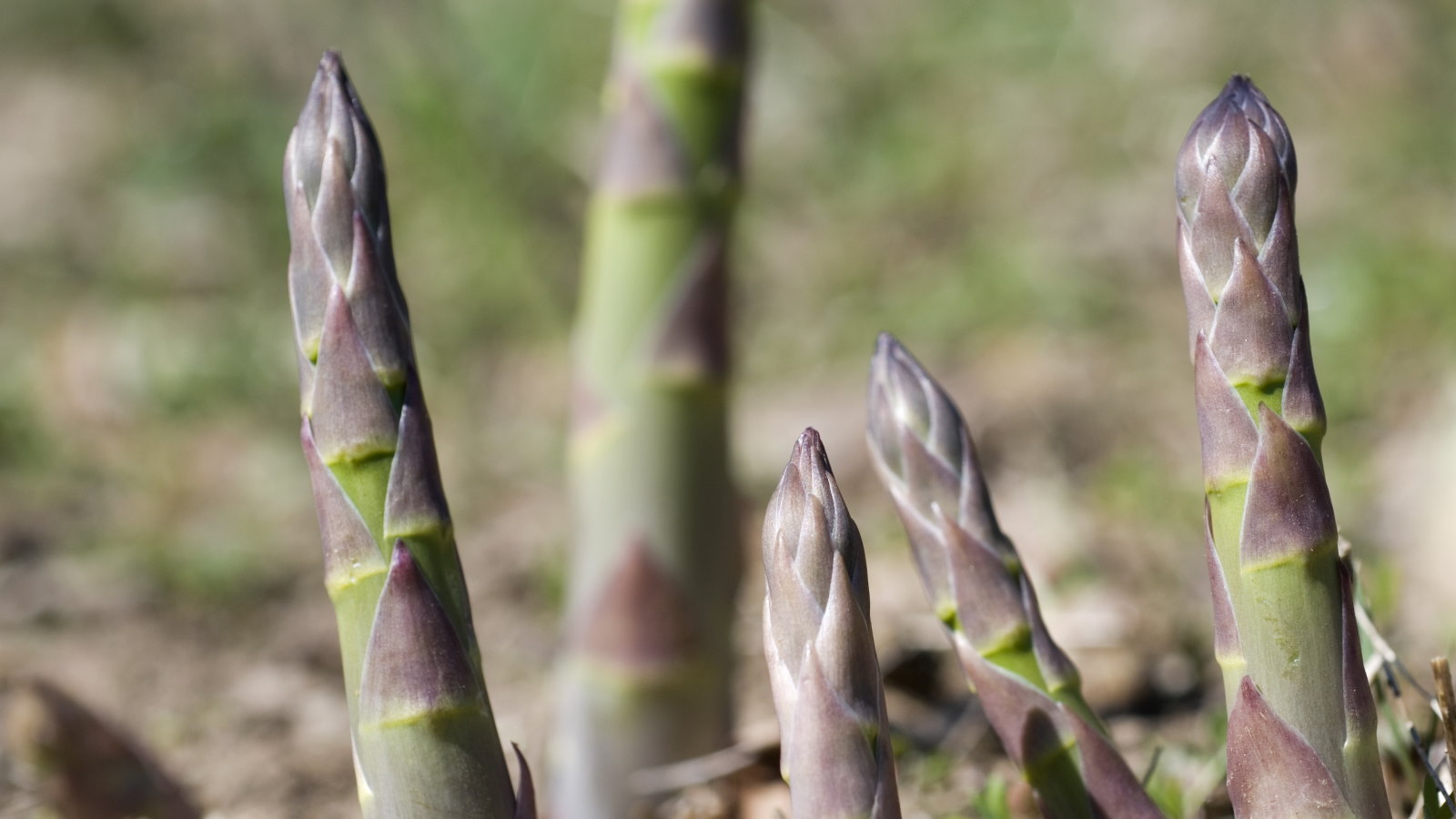 When and how to divide asparagus – expert tips to rejuvenate older plants for better yields
When and how to divide asparagus – expert tips to rejuvenate older plants for better yieldsDividing asparagus crowns is simple and rewarding, but you must get the timing right
By Drew Swainston Published
-
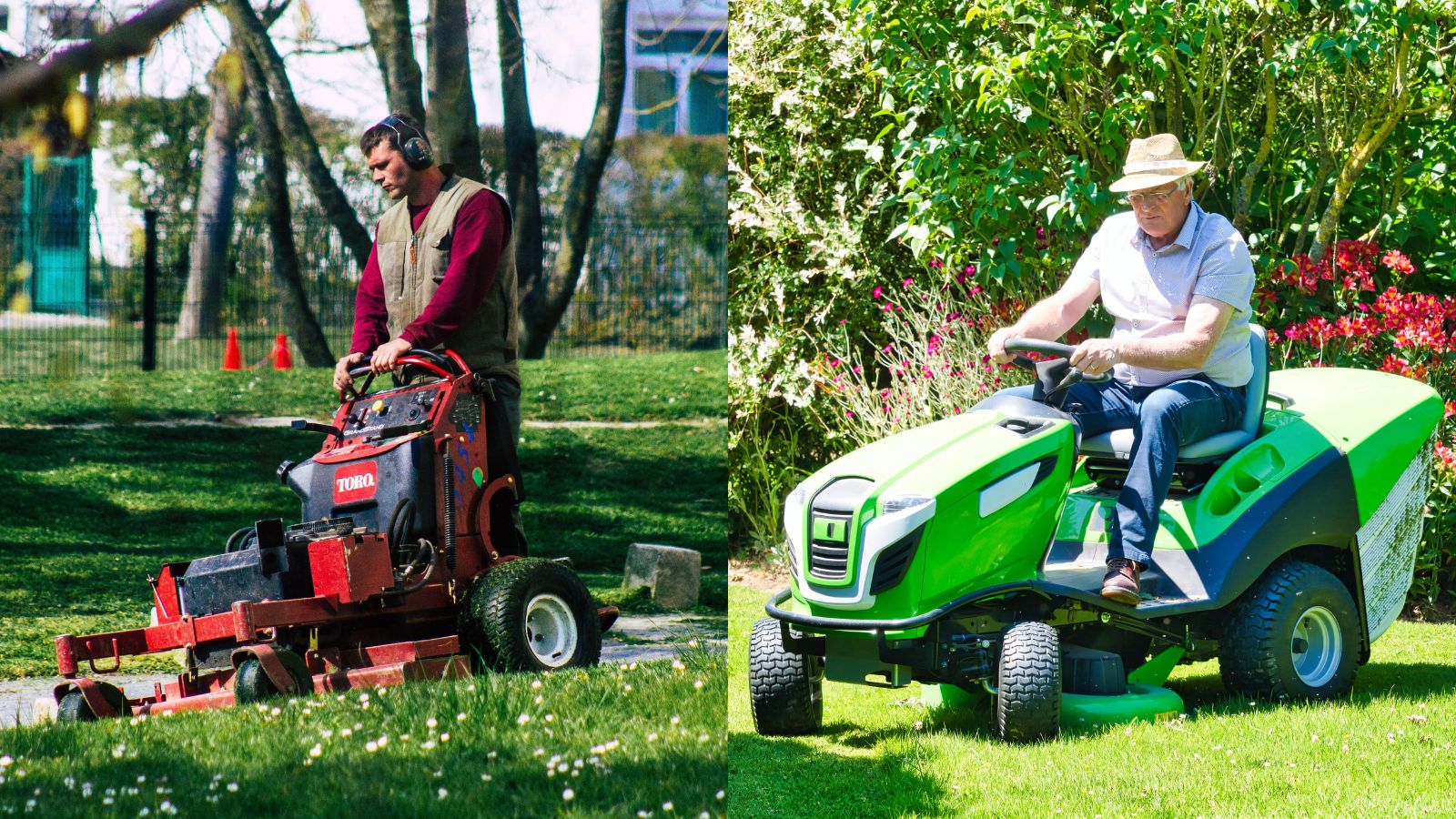 Standing mowers vs riding mowers – a mowing expert reveals which is best
Standing mowers vs riding mowers – a mowing expert reveals which is bestStanding mowers vs riding mowers is a heated debate among landscapers. I spoke to a landscaping expert to find out if standing mowers really are the best
By Alex David Published
-
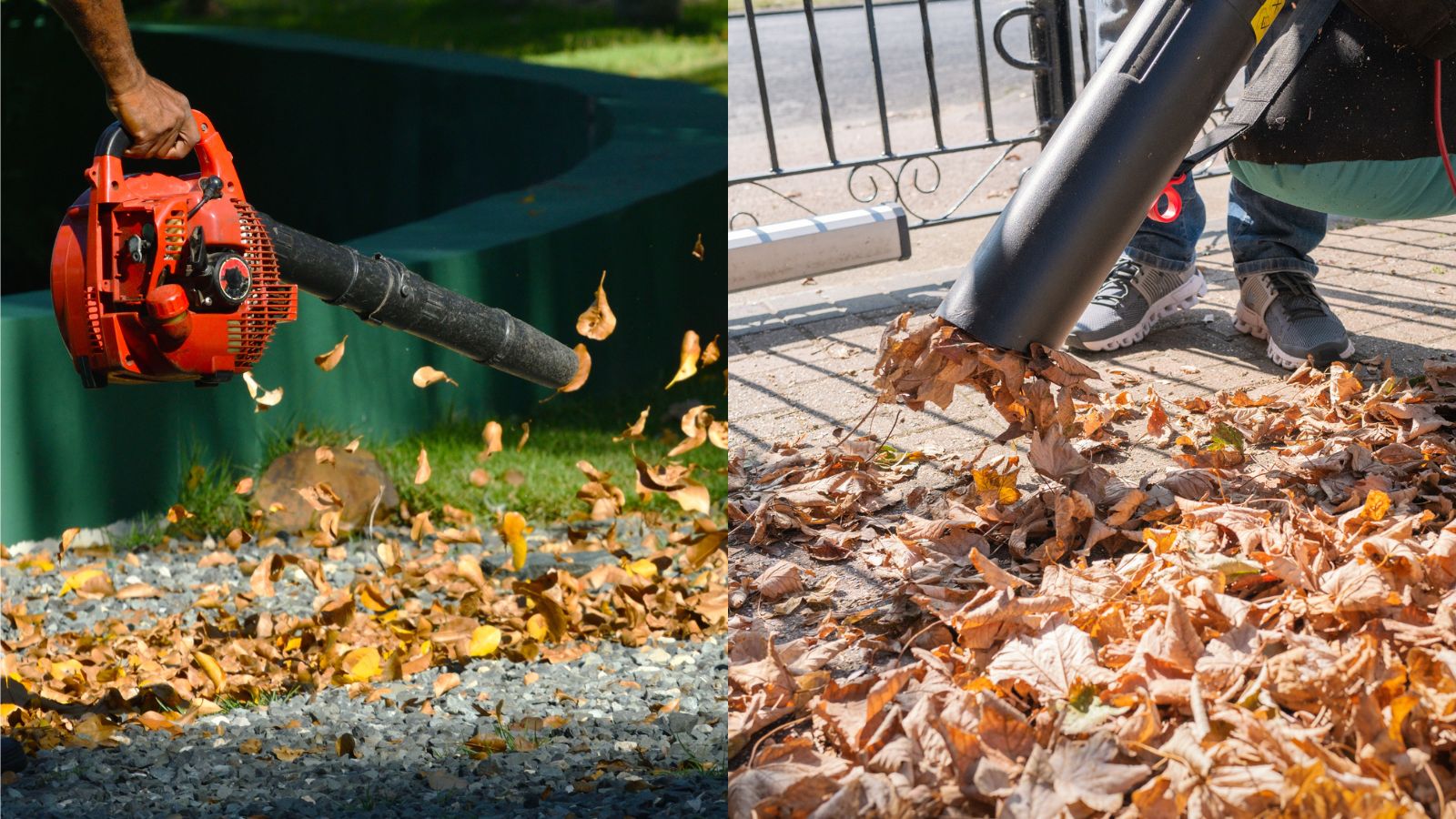 Leaf blowers vs leaf vacuums – which is best for your yard, and should you bother with either?
Leaf blowers vs leaf vacuums – which is best for your yard, and should you bother with either?It's not obvious which is best between leaf blowers v leaf vaccums. As a product tester, this is all you need to know about these controversial yard tools
By Alex David Published
-
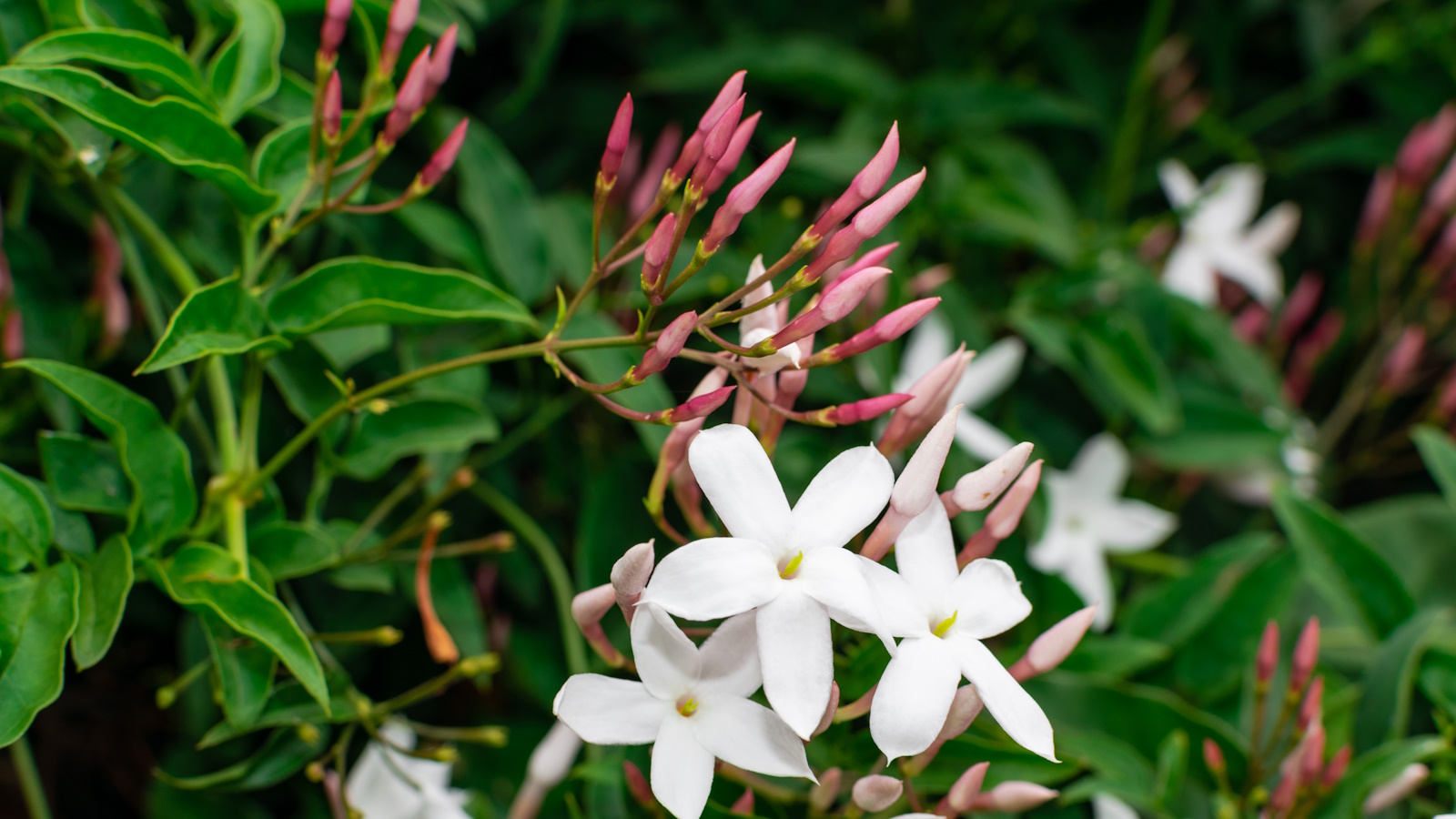 Pruning jasmine in late summer will ensure your plants bloom better than ever next year
Pruning jasmine in late summer will ensure your plants bloom better than ever next yearTiming is critical when pruning summer-flowering climbers
By Thomas Rutter Published
-
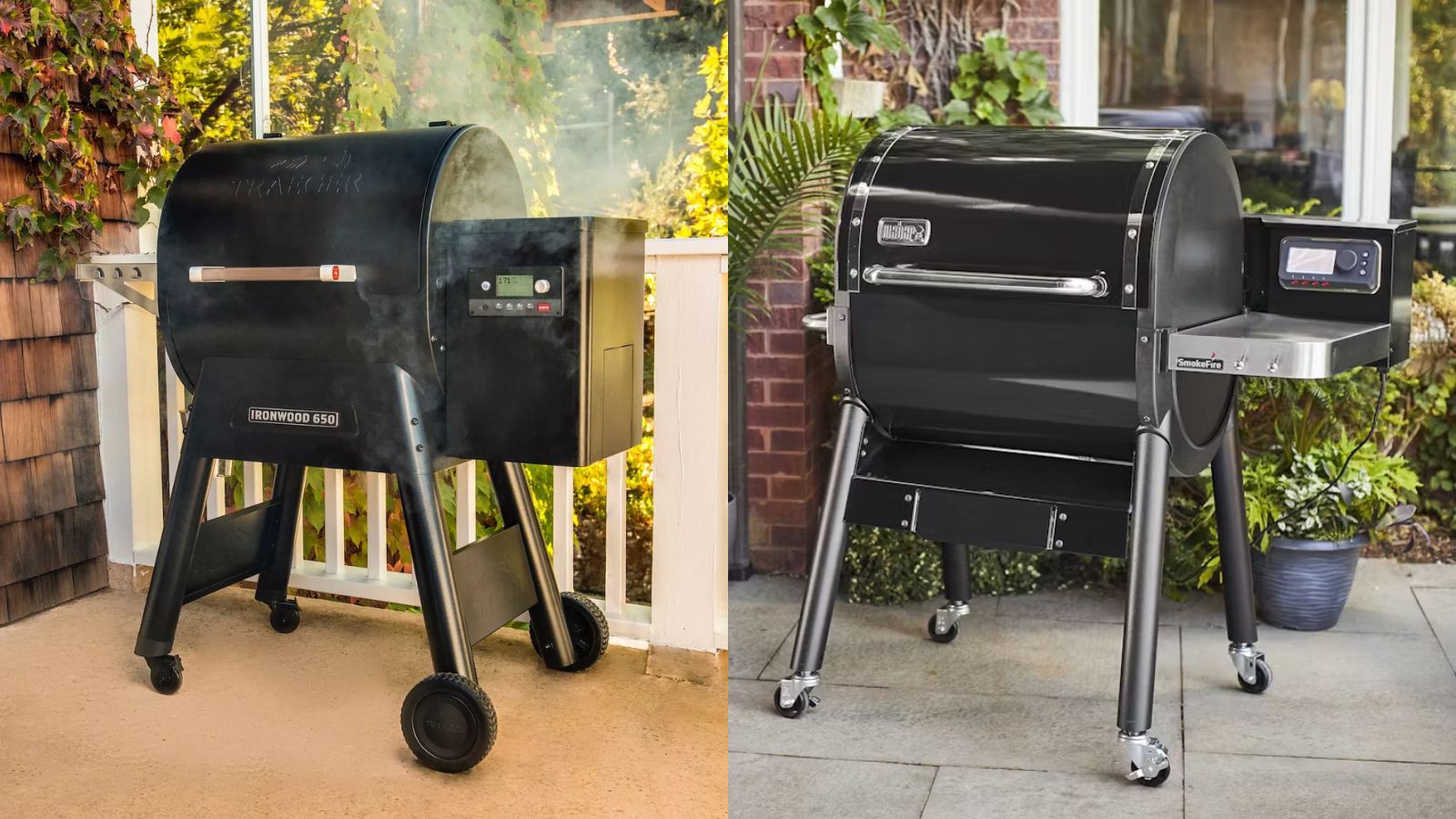 Weber vs Traeger – which pellet grill should I buy? Advice from a product tester
Weber vs Traeger – which pellet grill should I buy? Advice from a product testerThey're two titans of the grilling game, but who comes out on top between Weber vs Traeger? As a product tester, this is all you need to know about the brands
By Alex David Published
-
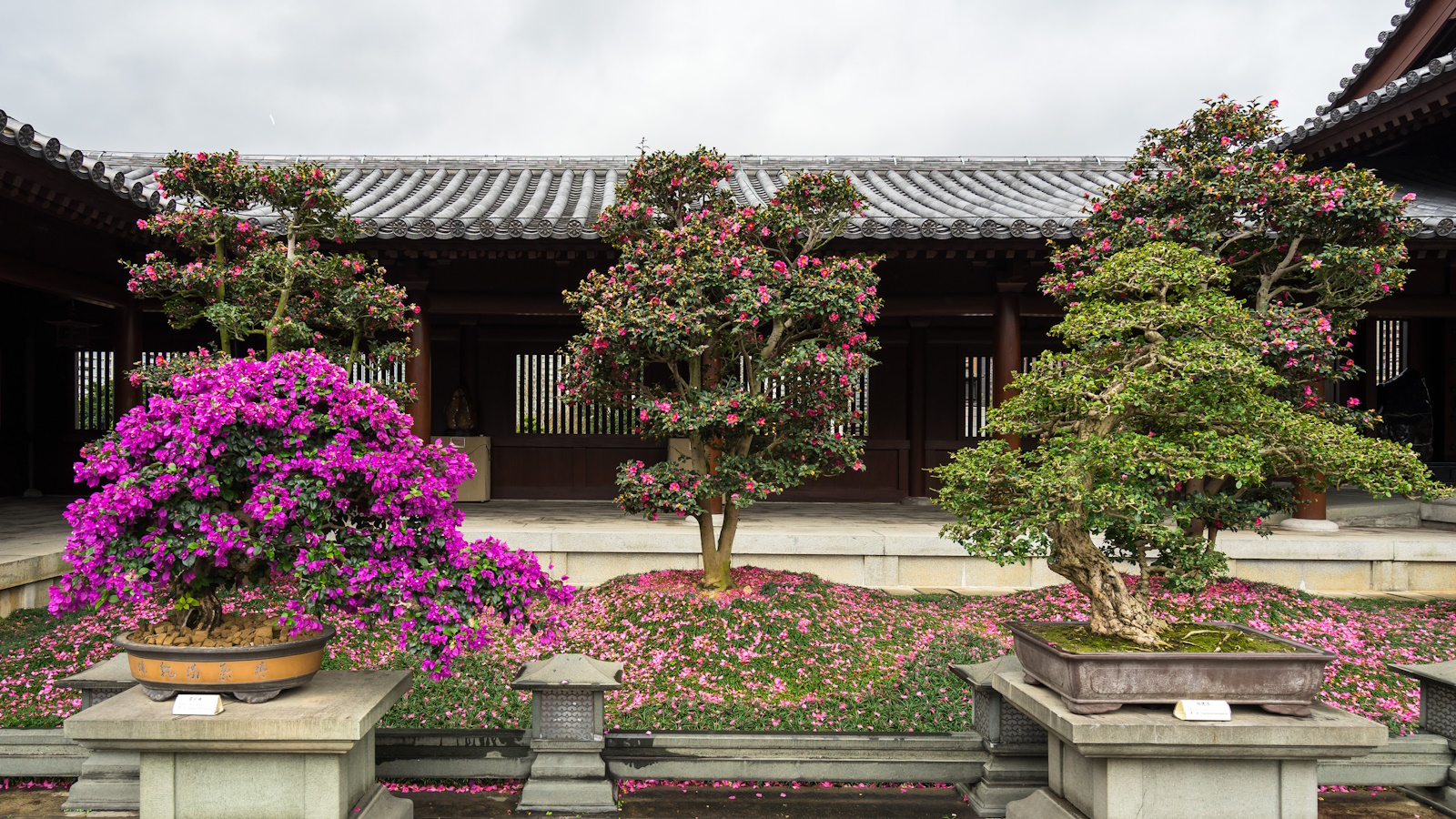 Bougainvillea in miniature – with a little patience, anyone can grow these vibrant plants in bonsai form
Bougainvillea in miniature – with a little patience, anyone can grow these vibrant plants in bonsai formGrowing bougainvillea bonsai trees can add impact to even the smallest of spaces
By Thomas Rutter Published
-
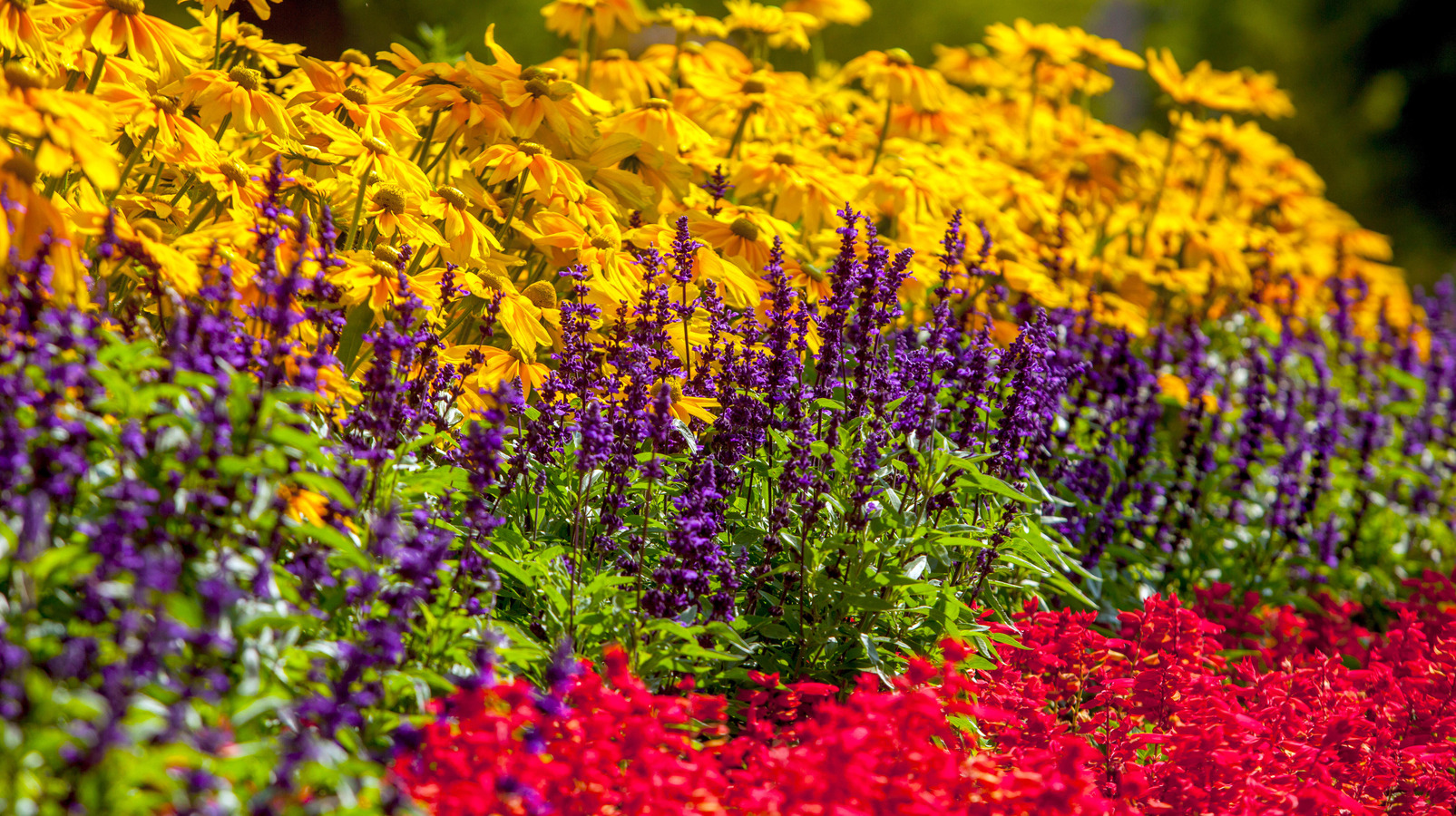 10 low maintenance, drought tolerant plants – for a beautiful and undemanding landscape
10 low maintenance, drought tolerant plants – for a beautiful and undemanding landscapeExpert plant picks for a thriving dry garden, that will make life easier and more colorful
By Jacky Parker Published
-
 How to grow eastern redbuds – the cherished native tree with striking spring blooms
How to grow eastern redbuds – the cherished native tree with striking spring bloomsAdaptable and reliable, eastern redbuds are tough trees that will not disappoint
By Thomas Rutter Published